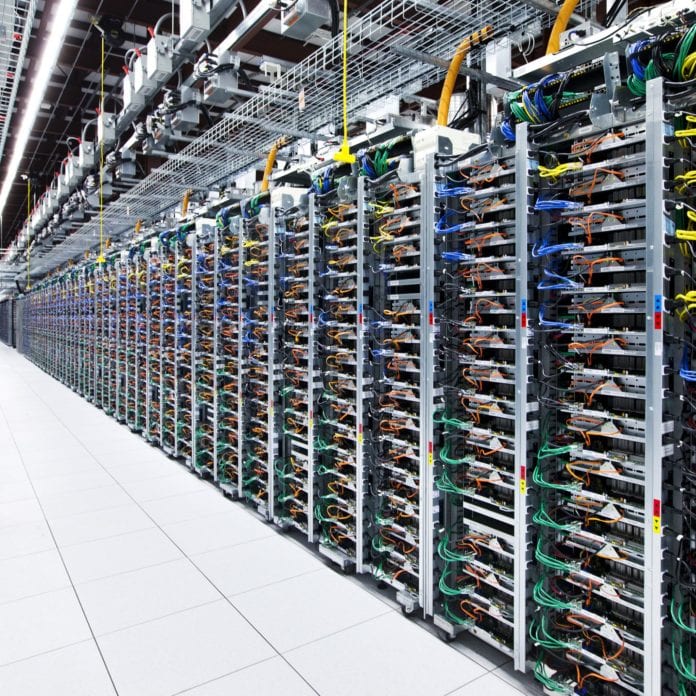As telco operators around the world ramp up 5G networks, they’re increasingly faced with competitors that are making it difficult to successfully monetize those networks. Despite that operators have made huge investments in networks – both legacy and 5G – their returns haven’t been proportional to their investment.
Moreover, revenue from connectivity continues to decline, even as expectations are growing for higher bandwidth, faster speeds, lower latency – and all at a reduced price. As such, it’s vital for operators to focus on new business services, especially those like edge computing. The edge computing market is rapidly developing and attracting new players, providing new opportunities to operators – as well as their competitors. Savvy operators are using the edge to move up the value chain and generate more revenue from their networks and services. Moreover, the edge gives telcos the ability to extend their role beyond offering connectivity services and move into the platform and the application space.
One of the biggest competitors to operators at the edge are hyperscalers or webscalers like Amazon, Google, Facebook, Microsoft and Alibaba – companies that have deep pockets and the technology know-how needed to scale up based on increased demands on the system by adding compute power, memory, network and storage resources.
How can operators win at the edge?
Currently, webscalers are taking advantage of their lean operations and global presence to build capabilities that have the potential to compete against telco operators. As such, webscalers are pursuing new value creation in 5G and edge computing, despite that they don’t necessarily have the penetration or last-mile connectivity of Radio networks – the forte of communication services provider (CSP) networks.
When considering a technology ecosystem for 5G and edge computing, there are multiple technological components involved, including compute and networking infrastructure, data collection devices, low latency and high bandwidth connectivity. Additionally, there’s artificial intelligence (AI), machine learning (ML) and a cloud data management (CDM) layer that stitches everything together.
It’s important to understand how these components are integrated, as well as how to collaborate and co-create to simplify the ecosystem. Edge computing is critical to support 5G applications – especially, latency-sensitive applications. For instance, with augmented and virtual reality (AR/VR), cloud gaming, automated transportation and drones, it is critical to be within a certain millisecond bandwidth for an acceptable user experience.
What’s needed at the edge?
One of the challenges at the edge is that most applications require state data – such as subscriber or session data – to function effectively. For operators to effectively address this data, they need to partner with 3rd-party vendors to manage and federate such data across core data centers and also distribute and manage at the edge, where the infrastructure or footprint is much smaller.
Consider the example of an enterprise that is the end-customer for an application, so all data for that enterprise sits at the edge site closest to the enterprise. As such, all aspects of enterprise data management – data replication, data synchronization, failover, recovery for hardware or networking failure – is handled by a common network data layer (NDL) or common data layer.
The NDL keeps the application simple and stateless in the edge so data can be appropriately federated and distributed without sacrificing availability, privacy or security. At the same time, though, the data layer at the edge can talk back to the core for certain things, such as control plane data. The control plane and management data are managed centrally, while all of the enterprise data remains localized at the edge, and edge applications remain stateless for privacy and security purposes.
Benefits of collaboration
Ideally, operators and hyperscalers should work to co-create services in support of vertical customers. In terms of collaborating, telcos have clear strengths around connectivity and networking, while webscalers understand how to be agile, innovative and software driven. It is through collaboration that these two very different skillsets combine to compliment each other beautifully.
Because 5G is the first generation of telecom service that will truly be deployed in the cloud, operators are focusing primarily on the software layer in terms of applications. Traditionally, telco applications were running on appliances or purpose-built hardware, but that’s all been replaced by a cloud-native environment where applications will run in containers with a common resource orchestrator, such as Kubernetes.
5G also supports a service-based architecture in the core, with interworking based on REST-based application programming interfaces (APIs). The cloud-native and API-based approach combined with the increased capability of 5G networks makes it easier for telcos and webscalers to collaborate and co-create services on a common edge platform.
Connectivity is a major strength for CSPs, who need the ability to dynamically route traffic to the edge nearest the end user, while also taking into account a heterogeneous edge with different networking, virtualization and orchestration stacks. The strength of webscalers is that they make it easy for application developers to coexist at the edge with the telco. When both parties play to their strengths, it enables them to deliver the best possible value to the end user.

